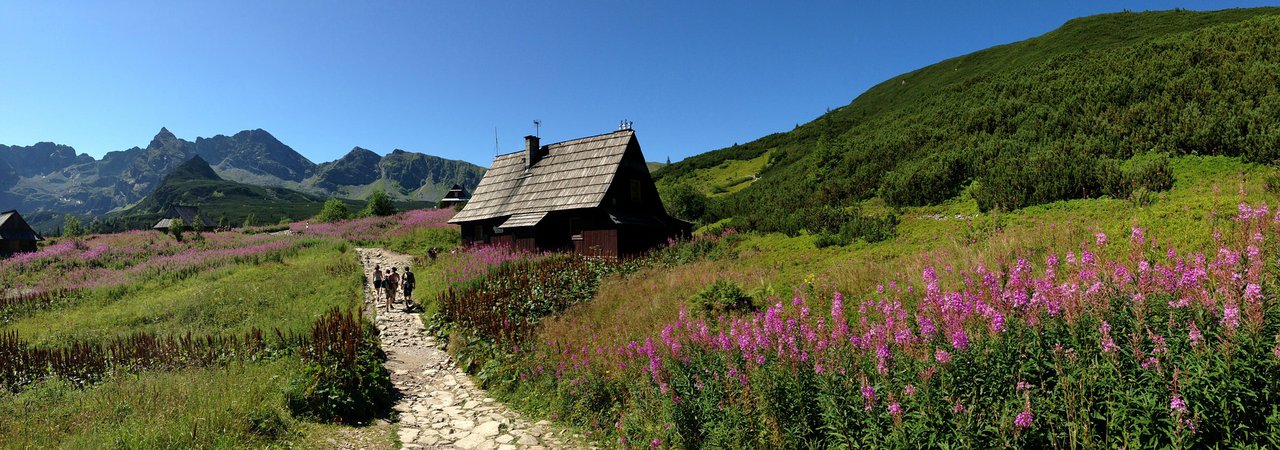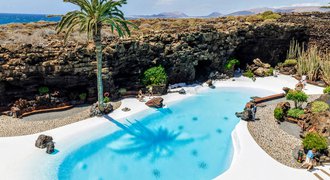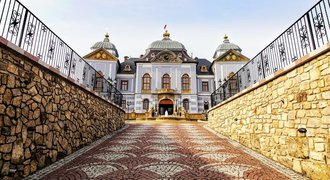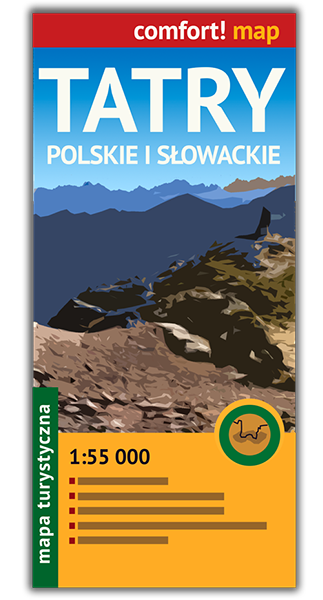In the south of Poland, there's amazing mountain range - Tatra mountains. They're the highest (and most beautiful) in the country - the tallest Rysy peak reaches 2499 metres.
Because of their beauty, dramatic landscapes, unique flora and fauna and numerous hiking trails, Tatra mountains are visited by thousands of tourists each year.
It's actually a good thing that nowadays many people prefer to spend their free time outdoors, instead of wandering about shopping malls. But on the other hand, crowds of tourists may pose a threat to the mountain environment (I'm waiting for a day when people will stop dropping litter and throwing out cigarette butts wherever they go. I hope I'm not naive).
We have such wonderful natural treasure - we need to take care of it.
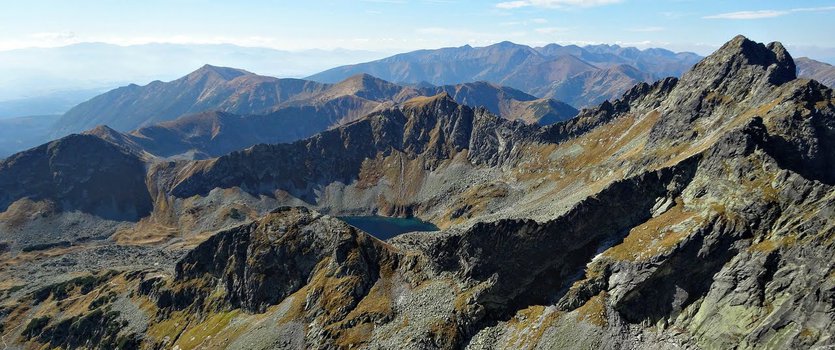
These days the majority of Tatra mountains is protected as National Park, but it wasn’t always like this in the past. Historically, the Tatra region was treated as a resource mine – people were extracting copper, silver, gold and iron there. They especially exploited Koscieliska Valley.
Also, highlanders treated Tatra mountains as pastures - herds of sheep used to graze in valleys and montanes.
With the passing of time people started to think about nature protection – they stopped mining the minerals and limited sheep grazing. This was sufficient until the 20th century when Tatra mountains were practically unknown, even among Poles.
Only after crowds of tourists started to visit these mountains, the Polish government intensified its protective actions. In 1955 Tatra National Park was created to preserve its natural wonders from the irresponsible behaviour of tourists.
 Don't miss other valuable Tatra Mountains articles
Don't miss other valuable Tatra Mountains articles
Make sure you read all helpful articles. You find them grouped them into three categories, Basic, Routes & Maps and Advanced.
The most important rules of Tatra National Park in Poland:
→ Hike only the official trails. There's loads of them in Tatra mountains - fortunately, you get to see almost every corner without getting off the trail.
→ Keep the noise down. There are wild animals close to the trails and they wouldn't like to be disturbed.
→ Take all your rubbish with you and get rid of it at home/hotel/mountain hut. Food leftovers pose a threat to animals, which tempted by the smell, may eat them. Such a case may cause the animal to get sick or even die. Because of that, there are no trash cans along the trails.
→ Scaring away or disturbing animals can induce unnecessary stress in them. When you see a wild animal in National Park, if possible, walk away or pass it by. Don't approach it, as it might be also dangerous for you.
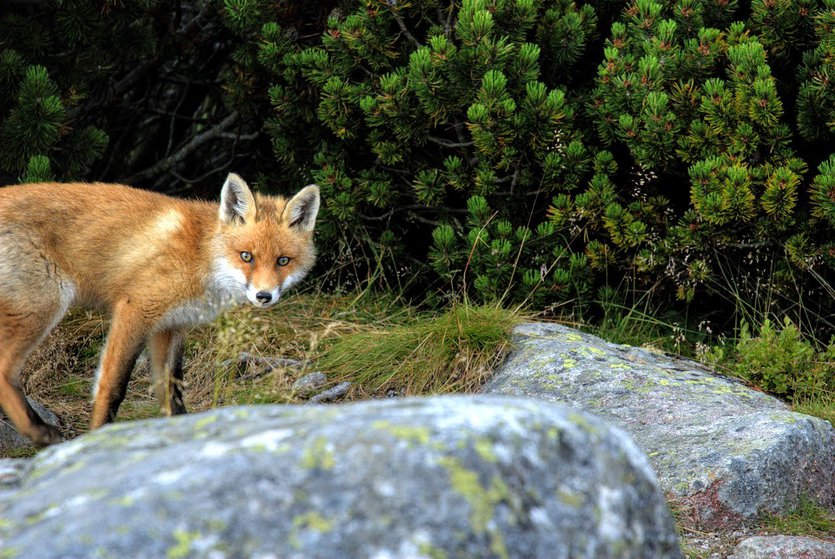
→ Feeding animals won't improve their lives - quite the opposite. When you leave your sandwich, fruits or veggies for wild animals to eat, they may get used to such "easy" lifestyle and approach people to ask for food. This process is called synanthropization and is practically irreversible. It's harmful not only to animals - tourists might end up badly in an encounter with the wild animal too. Synanthropization includes all animals - birds, fish and predators.
→ Flowers, twigs, mushrooms and berries are also protected by law in Tatra National Park - let's not pick them up. Rocks and stones need to stay where they are.
→ Don't destroy the trails' elements - benches are there to provide rest, guideposts indicate the directions and boards give some interesting information about the area. A damaged element of tourist infrastructure may jeopardize other hiker's health or even life.
→ There are eight mountain huts in Tatra National park, so there's no need to set up a tent.
→ Mountain ponds and streams aren't a good place to have a swim, take a bath or rinse dirty dishes. In those waters live rare species of animals and such activities are harmful to them. Also, such streams may be used as sources of drinking water in mountain huts.
→ Don't take your dog for hiking in National Park. I know - it's on the leash, doesn't bark and is obliging, but wild animals still smell it. It's especially dangerous in the period of hatching and breeding.
Dogs are banned in Tatra National Park of Poland, with the exception of Chocholowska valley (up to the mountain hut). This ban doesn't include service dogs (but they have to be marked).
Keep in mind that in Slovakia rules about dogs are far less restrictive.
Actually, all those guidelines are rather universal and can be applied to National Parks elsewhere in the world. We all need to treat with respect the wonders which Mother Nature gives us - we're the only ones responsible for them.

